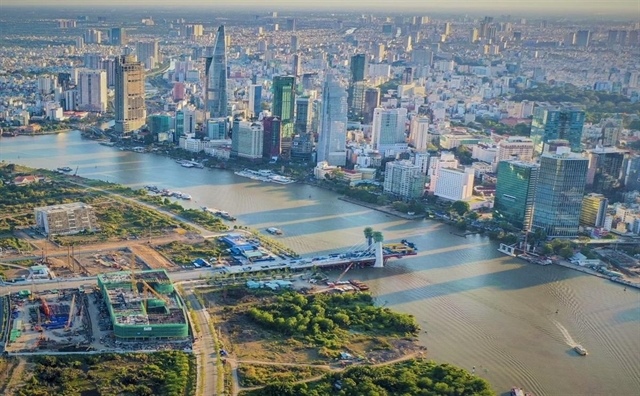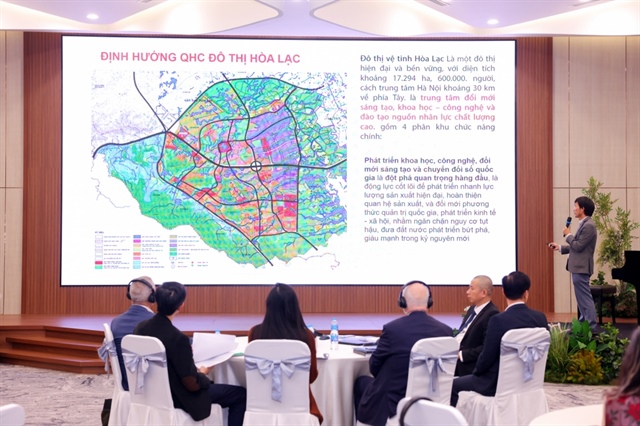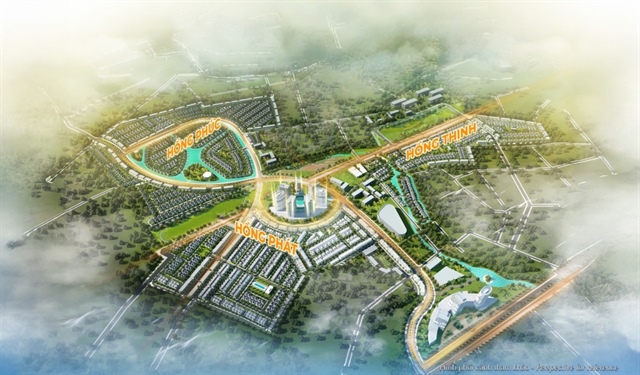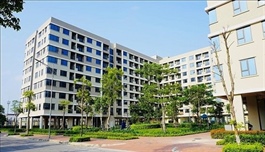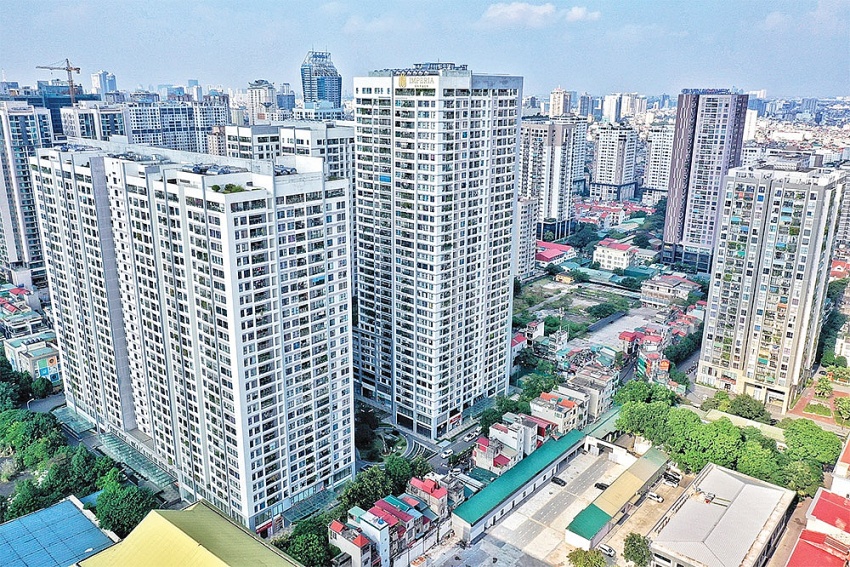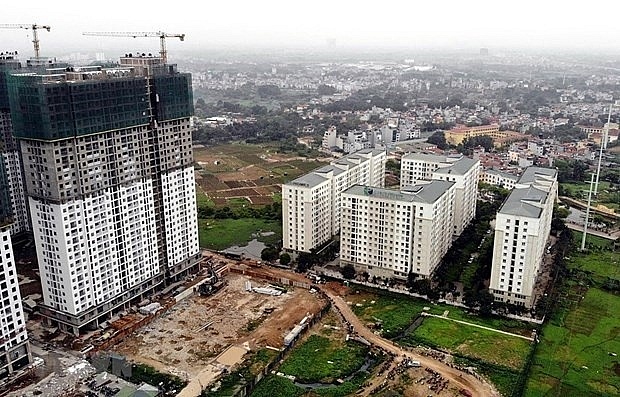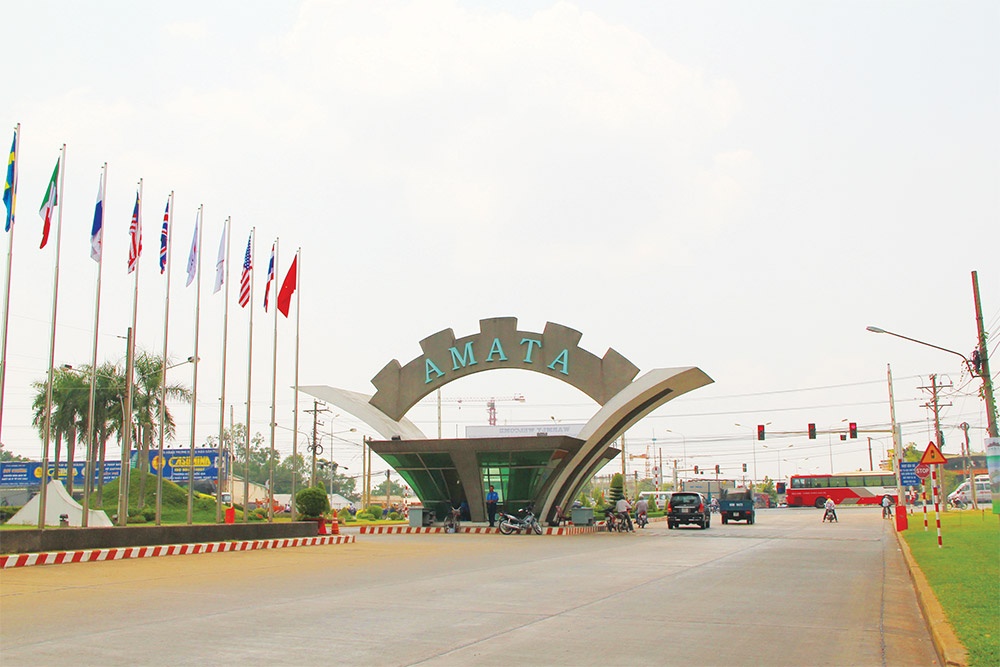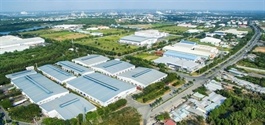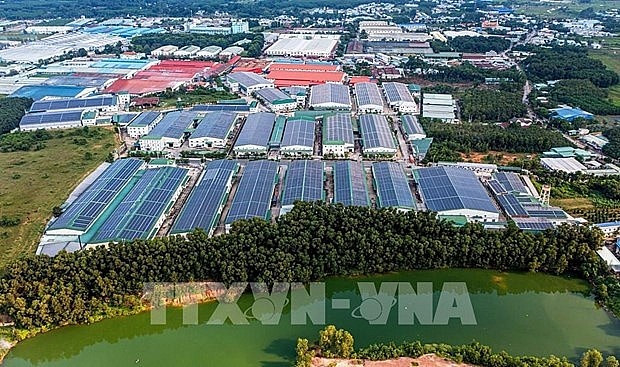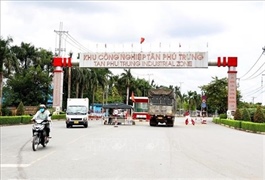Infrastructure to promote real estate market
Infrastructure to promote real estate market
It is necessary to raise measures to ensure the on-track development of the real estate market in line with the robust infrastructure investments, according to a recent report by Việt Nam Institute of Real Estate Market Research (VIRES).
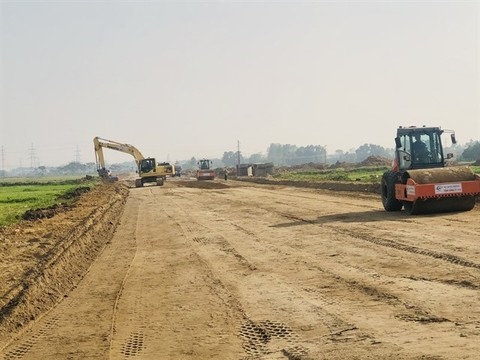
A part of the Belt Road No 4 running through Hoài Đức District, Hà Nội under construction. The parallel development of transport infrastructure and real estate projects is of critical importance. — VNA/VNS Photo Tuyết Mai |
Infrastructure projects always create expectations about breakthrough developments in a region, locality or even a country.
“The parallel development of transport infrastructure and real estate projects is of critical importance,” the report wrote. However, there are challenges on the journey to comprehensive, synchronous and sustainable development.
The report pointed out that speculation caused land prices to skyrocket in areas with information about infrastructure planning, even unofficial, together with the rampant development of real estate products that do not match the market demand.
Meanwhile, some other areas with developing infrastructure could not attract investments in real estate projects because of increased land prices and poor connectivity, leaving these areas abandoned or uninhabited.
Opportunities and challenges to the development of the real estate market in line with the formation of transport infrastructure required changes in thinking, the report wrote.
In the context that the Government is hastening investment in transport infrastructure to create breakthroughs, measures to ensure on-track real estate development becomes more important than ever, according to the report.
Disbursements of public investment in transport projects bring both direct and indirect impacts to the real estate market.
The direct impact is that when a large infrastructure project moves, land resources will be awakened, creating space for the development of industry, tourism and services. The land rearrangement and redistribution of population and labour force will benefit the real estate market in the area in terms of the price increase.
The indirect impact is that the disbursement of public investment will stimulate demand, and stir the money flow into the property market.
VIRES said that 25 key transport infrastructure projects which were being sped up in the 2023-25 period would create momentum for the real estate market to recover.
However, the focus would be on how to ensure the real estate market develops safely and sustainably with a lever from the infrastructure development.
Through lessons learned from abandoned urban areas and asynchronous urban development, VIRES said that it was necessary to have methodical and comprehensive planning and make public planning information and the implementation progress of infrastructure projects with accuracy and transparency.
In addition, promoting the disbursement of public investment and speeding up the implementation of infrastructure projects are important.
The management of land auctions and project bidding must also be enhanced.
The report said: “The efficiency of an infrastructure project is only realized when the development of real estate alongside the projects is sustainable and leads the local socio-economic development.
“Synchronous and sustainable development is inevitable to seize the opportunities and resolve challenges in infrastructure real estate,” the report wrote.



